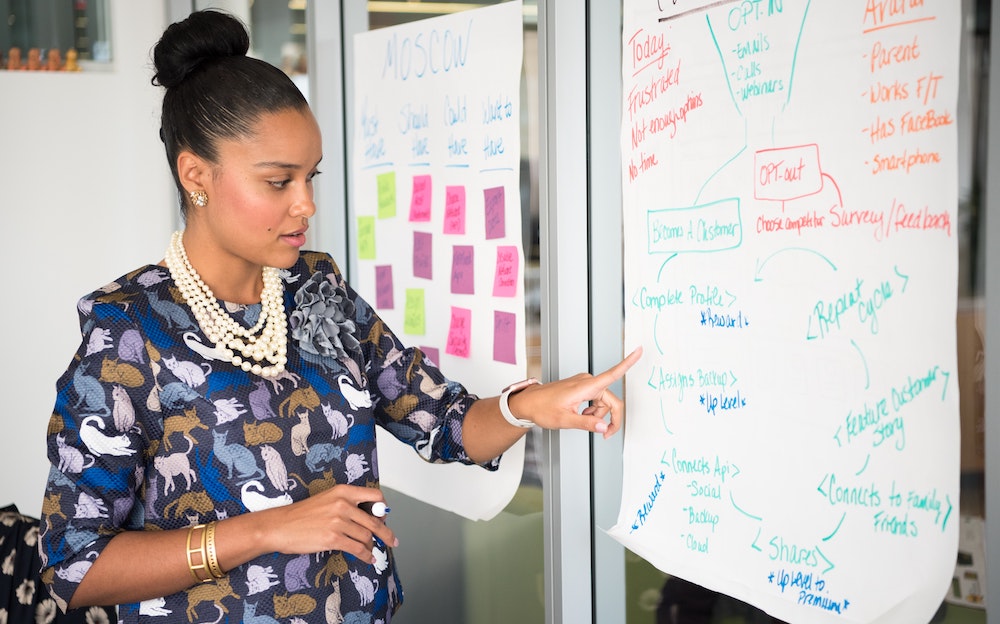Did you know that a limited career path is the second most common reason why employees leave a job? Learning is one way to open up that career path for all employees, but workplace learning programs aren’t always successful for a number of reasons. According to the Center for Management and Organization Effectiveness, three of the top five learning challenges include:
- Engaging learners
- Delivering consistent training
- Skills application
If these challenges sound familiar, it’s time to consider blended learning as a new approach. Find out why this style of learning may be best for your workforce and get a few tips for implementing it within your business.
Blended Learning: The Why
Blended learning is a concept that’s been popular in schools, as technology makes its way into classrooms. It’s also a valuable technique for learning in the workplace for a number of reasons. Here are a few ways blended learning can be valuable for your employees.
Boost Your Learning ROI
In, Blended Learning: A Training Strategy That Fosters ROI, Lisa Burke asks the question: “How do companies reduce training expenditures and boost employee performance while at the same time realizing ROI goals?”
This is arguably one of the most important questions to ask if you’re investing in education for your employees. Burke says the answer is blended learning because of two important qualities: learner retention and economies of scale. She explains how blended learning makes these two elements possible:
- Learner retention: “Blending online instruction with in-person interaction results in a more dynamic learning experience and helps employees retain the information much faster than if they were presented with solely a two-hour lecture or two-hour WebEx video,” says Burke. The hands-on experiences solidify what your employees are learning better than if they’d just practiced online or listened to a lecture.
- Economies of scale: The benefit of online learning is the ability to scale as employees learn, allowing everyone to find a pace that suits their learning style. In this way, you can use in-person learning, Q&A, and training to answer questions as they come up.
Personalize Training
Traditional, in-person training may be most familiar for most Learning and Development Managers, but this one-size-fits-all way of learning is not conducive to learning for everyone. While some people may be visual learners others learn better by listening or taking a lot of notes.
Luckily, the advent of technology has made it easier to personalize the learning experience. With online training programs, employees can use the best learning best modality and speed for their abilities. However, blended learning doesn’t just personalize the learning in terms of pace. When it comes to interest and genuine learning needs, a blend of online and offline training is best.
“For example, if they [employees] would like to develop their customer service skills, they can log into the training platform and participate in a customer-based scenario or simulation. If they need to learn more about a particular product and its features, they are able to access the product demo and tutorial instantly,” suggests eLearning Industry. This pick-and-choose style of learning may be most effective for a group of people who need to place their focus in different areas.
Improve Employee Interactions
It’s easy to go an entire day without talking to a single co-worker, with emailing and stressful deadlines as the new norm in the modern workplace. In fact, 269 billion emails are every day, but only 24 percent of busy employees are even opening them—so even this form of communication may be lacking for most employees.
Blended learning encourages employees to interact more, both online and offline. For many online courses, employees are often required to communicate via chat, while in-person training offers face-to-face contact that employees may lack on a day-to-day basis.
Blended Learning: The How
If you’re ready to implement a blended learning strategy, it’s time to address a few different strategies.
- In-person classroom plus online practice: With this format, employees spend a certain amount of time learning in classroom sessions and then test their knowledge with an online training platform or portal afterward. In-person follow-ups give employees the chance to have questions answered.
- Lecture training plus team goals: For this technique, lecture training can be online or offline, but the other side of this method is team goal setting. Goals should be tied directly to the training, which encourages employees to put their new knowledge to the test right away while supporting one another as they learn new strategies and ideas.
- Online learning plus in-person hands-on practice: With this strategy, employees do most of their learning online and come together for the hands-on practice. For example, your customer service team takes a course throughout the week and you end by practicing with “live calls” from one employee to another. The team leader can then be there to critique and offer suggestions.
Bring Blended Learning to Your Workplace
Learning is critical to the success of your employees and retaining the ones who want to improve and take their career further. If you’re investing in workplace training, consider how a blended approach could improve retention, offer more in-person connection, and allow you to personalize for each individual employee.
About the author: Jessica Thiefels has been writing for more than 10 years and is currently a professional blogger and freelance writer. She now owns her own business and has been featured on Forbes. She’s also written for StartupNation, Manta, Glassdoor, and more.

